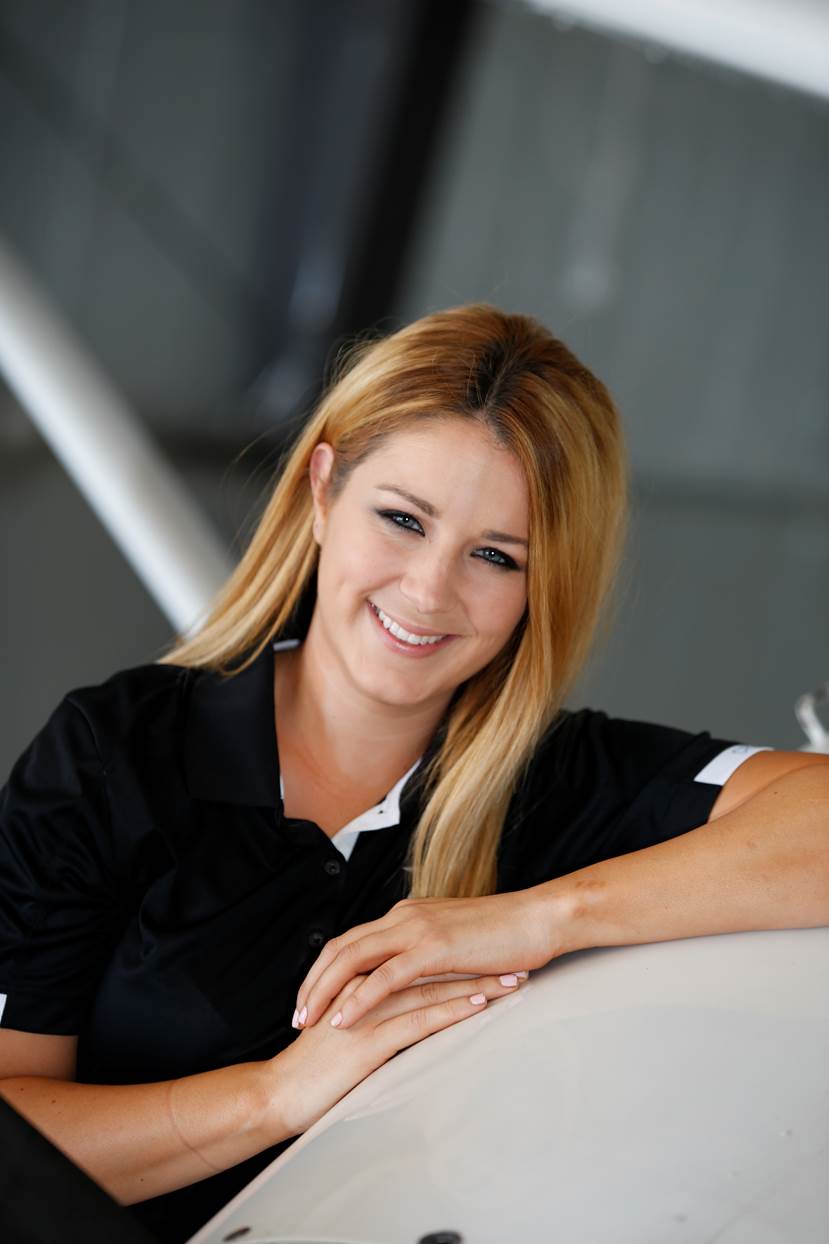Access denied: FAA withholds weather information from pilots
AOPA, aviation groups fight back
AOPA and 13 other aviation and state organizations are continuing the fight to give pilots access to hundreds of weather observation systems already in operation.
In August 2017, AOPA and the 13 organizations sent a letter to the FAA asking the agency to remove the technical requirement that non-federal weather stations be AWOS-III equipped or better to be included in Weather Message Switching Center Replacement (WMSCR). The groups also asked for the establishment of a new VFR weather station standard to allow fewer maintenance visits and reduce operational costs.
Such strict standards on WMSCR are a barrier to VFR operators having access to weather, leaving pilots deprived of critical flight information.
“The industry strongly disagrees with the FAA’s stance on this issue. Denying pilots access to these necessary weather observation systems threatens safety and we ask the FAA to reconsider its archaic policies so that pilots can make better flying decisions,” the group stated in the 2017 letter.
The FAA responded with a letter denying the request.
Following the denial, AOPA and the 13 groups issued a joint statement speaking out against the FAA’s decision. The group’s said, “There are hundreds of weather observations systems in operation but unavailable to the pilots who need them. We ask the FAA to reconsider denying pilots access to this valid and useful weather information.”
Many GA aircraft including air ambulance services and a significant number of commercial operators fly under visual flight rules, making the lack of surface observations a widespread safety issue. These aircraft need to know they can maintain the requisite cloud clearance and visibility to complete their mission but are unable to do so under current policy.
Unfortunately, unintentional VFR into instrument meteorological conditions is a leading cause of GA fatalities and the leading cause of weather-related accidents. AOPA and the 13 other aviation and state organizations argue that incorporating more weather systems assisting GA pilots with no-go decisions could prevent accidents and save lives.
The groups also pointed out that other countries have managed to successfully implement alternative weather dissemination standards and asked that the FAA do the same.
AOPA will continue to work this issue to convince the FAA to reconsider. The other organizations that joined AOPA in signing the statement include Air Medical Operators Association, Alaska Airmen Association, Association of Air Medical Services, Association of Critical Care Transport, Colorado Division of Aeronautics, Experimental Aircraft Association, General Aviation Manufactures Association, Helicopter Association International, National Association of State Aviation Officials, National EMS Pilots Association, United States Helicopter Safety Team Infrastructure Work Group, Utah Business Aviation Association, and Utah Division of Aeronautics.




